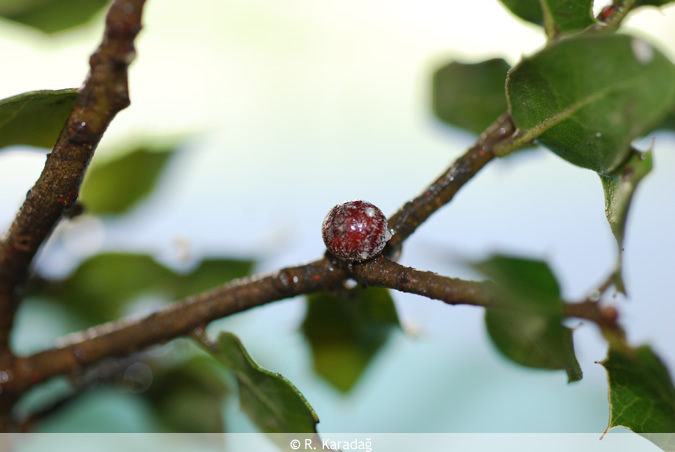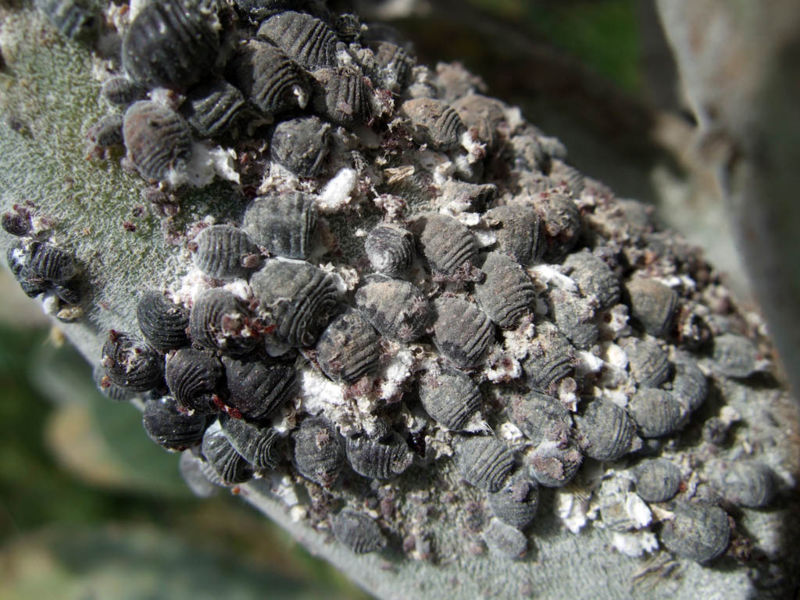Red Colorants
Red Ochre
Red Ochre is an earth pigment containing iron molecules.“The iron molecules in red ochre paint align themselves with magnetic north and when the paint has dried, the direction of the iron molecules can be used to date any artwork that is still in the exact location in which it was first painted (i.e. frescos)" (Zagorski, 2007). Red Ochre has been mined in many places, most notably Western and Southern Australia, Spain, Roussillon and Luberon in France, the Tuscany region of Italy, and the Great Lakes Region in the United States. In ancient times, red ochre was used in religious ceremonies, including burials. Because red ochre is non-toxic it has a history of being used as body paint in many cultures.
Zagorski, M. (2007). The Geography of Significant Colorants: Antiquity to the Twentieth Century. Retrieved from George Mason University Dissertation and Thesis Services. http://digilib.gmu.edu:8080/dspace/handle/1920/2951Carmine Lake
The kermes insect is a cousin of cochineal. It lives and feeds on the leaves and branches of Mediterranean oak trees, known as kermes oaks, rather than cacti that cochineal prefer. The Ancient Egyptians crushed the kermes insect in to make a red dye, which they added to a colorless powder to create carmine lake. The dyestuff was largely produced in the Mediterranean region, where the insects were readily available. Though the color crimson was named after the dye produced by the kermes insect, its popularity as a red colorant was eventually surpassed by cochineal.
Cochineal
The female Dactylopius coccus, or the cochineal insect, contains the important dye ingredient carminic acid. Carminic acid is extracted from egg bearing female insects by crushing them. Cochineal insects were originally found and later cultivated in Mexico and Peru, where they feed on prickly pear cacti. Cochineal is currently cultivated in South Africa and the Canary Islands, while Mexico, Peru, Bolivia and Chile remain major exporters. In the 19th century CE, cochineal cultivation was established by the Dutch on Japanese soil to boost their economy. Traditionally cochineal dye was used to color fabric and fiber. Today, the dye is used worldwide as a red colorant in food and cosmetics.

More Red Colorants








